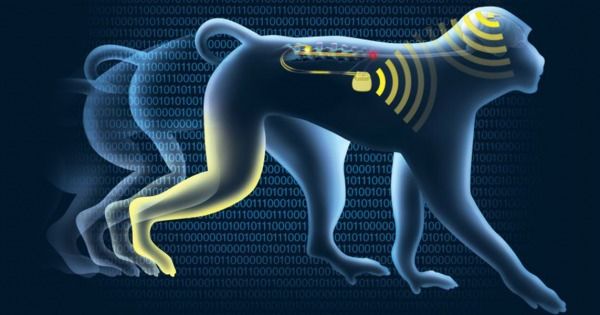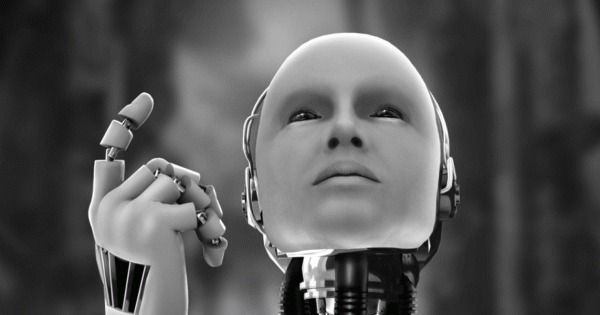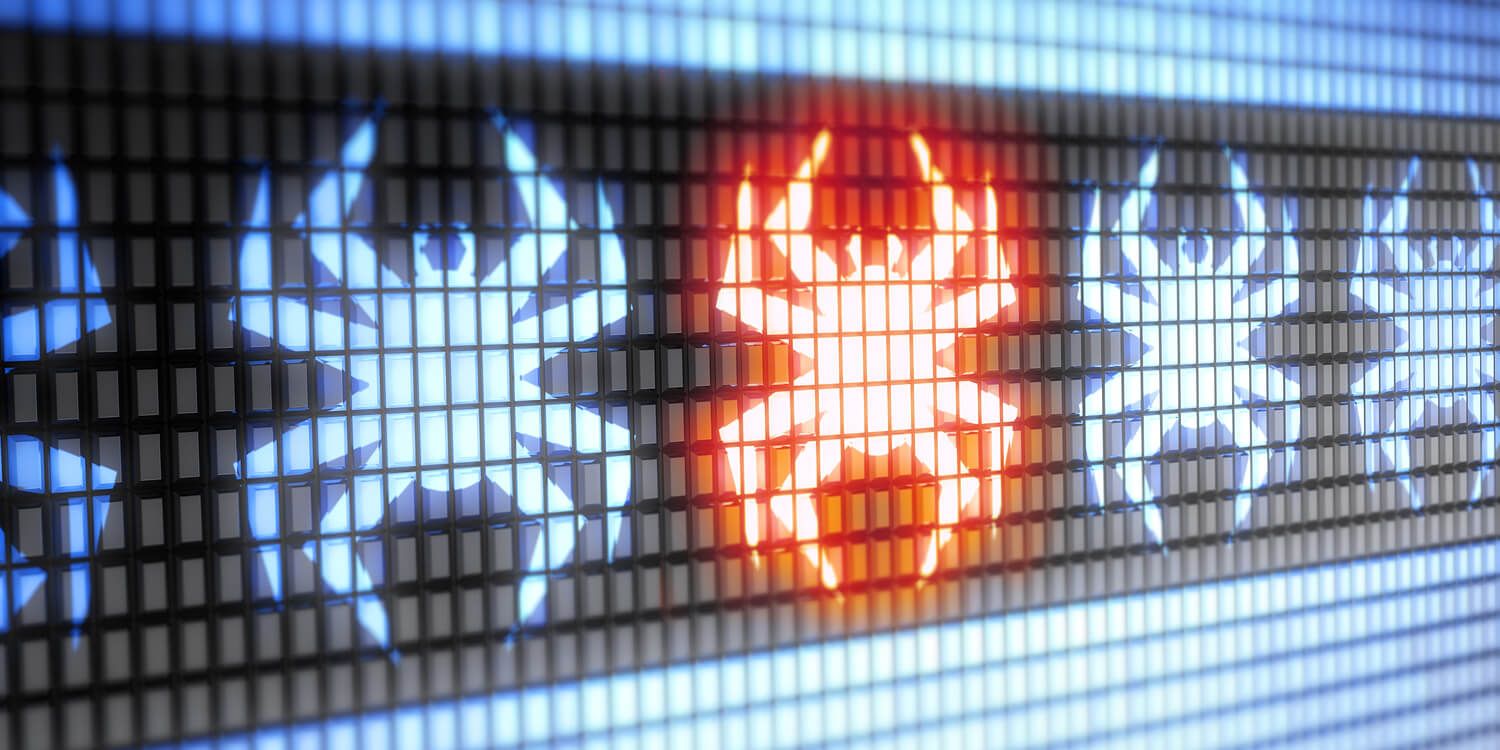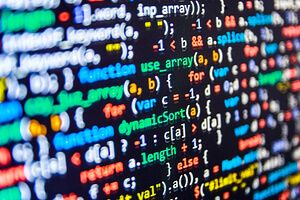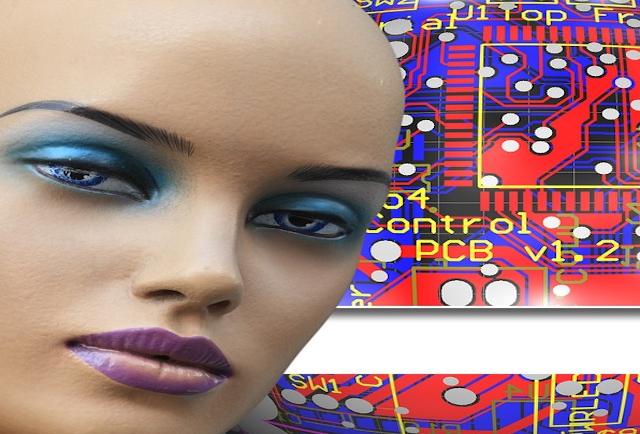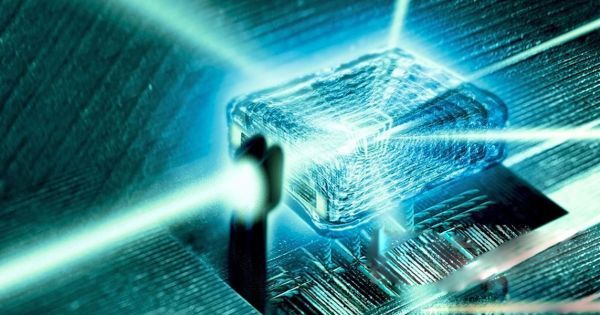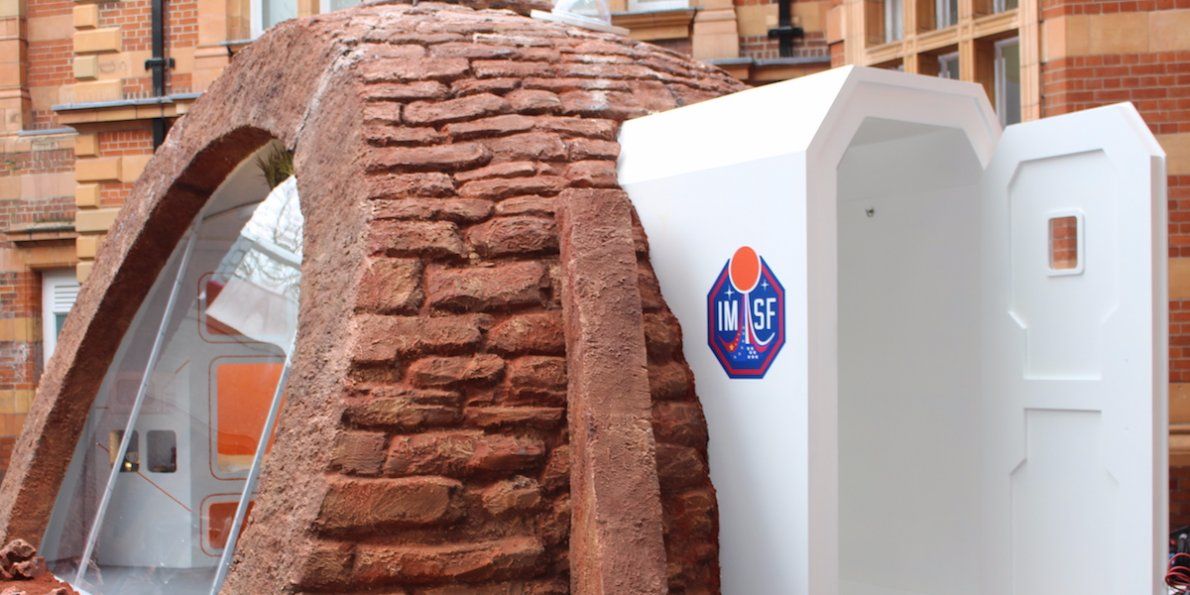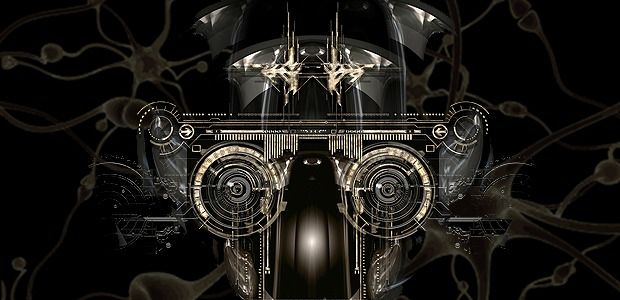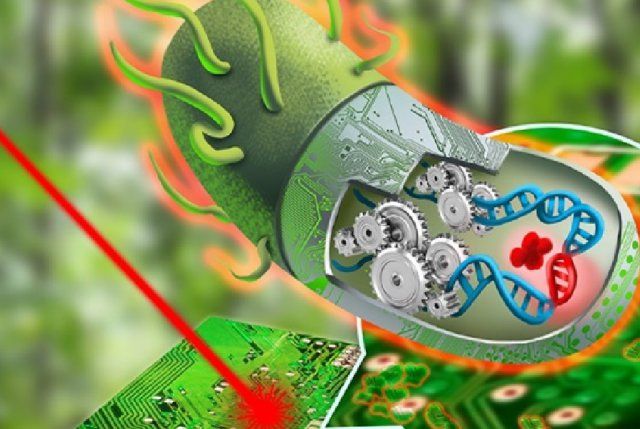More reasons for supporting scientific research and how your money fuels real and tangible progress.
Become a SENS patron, and we’ll match a year of your donations
The 2016 year end SENS rejuvenation research fundraiser started on November 1st. This year we’re trying something a little different, with a longer term view. This is the time for it! Newly formed companies are now working on the first SENS therapies, and longer-term non-profit research projects are also underway. These initiatives will come to fruition some years from now: the SENS Research Foundation recently launched Project|21 with a five year timeline, for example. So this year we’re looking for more members of our community to become SENS Patrons for the long term, by signing up for a recurring monthly donation to the SENS Research Foundation, and then keeping that going until the job is done and the first rejuvenation therapies are deployed. As an encouragement, we will match the next year of donations for anyone who signs up before the end of 2016, from a fund of $24,000 provided by Josh Triplett and Fight Aging!

